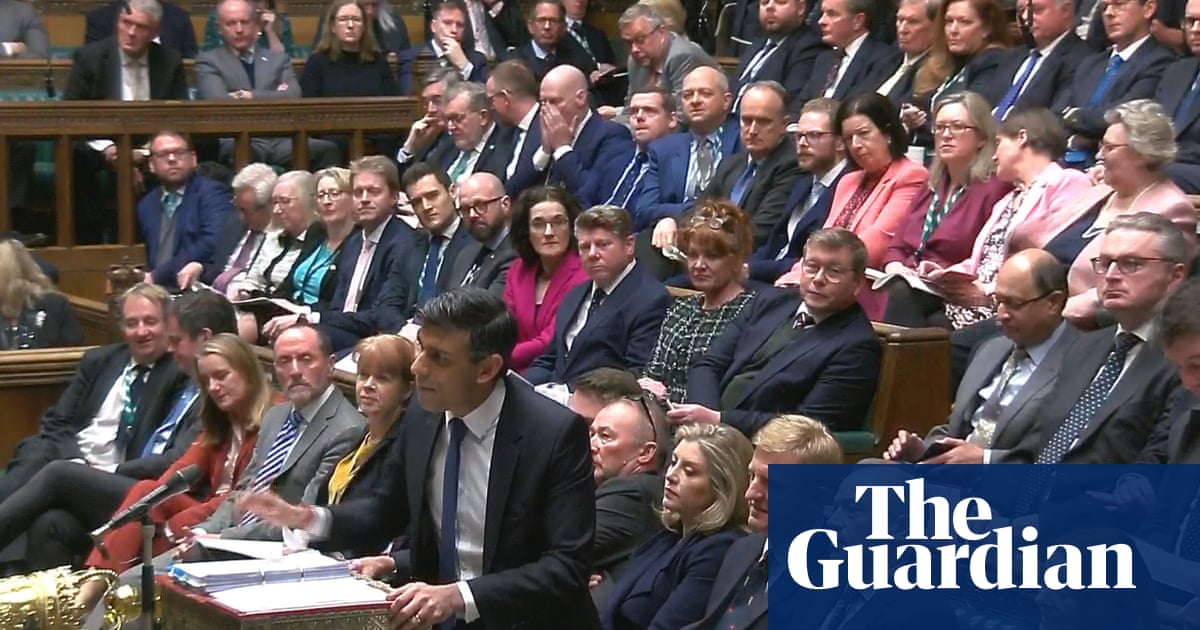
Deaths are what can be counted most easily – bodies can’t be hidden from the statisticians or denied by those responsible for the figures. It was predictable, and predicted, that many more would die when the government of David Cameron, George Osborne and Nick Clegg applied a brutal tourniquet to public spending in 2010. Warnings at the time were shrugged off as shroud-waving and scaremongering.
But new research from University of York’s renowned Centre For Health Economics only confirms the inevitable consequence: an extra 57,550 people in England died in the five years from 2010, a level of deaths beyond the statistically normal. Life expectancy improvement slowed, which was directly “attributable to spending constraints in the healthcare and social care sectors”, according to lead researcher Prof Karl Claxton.
But below the radar, below the level of all these countable death certificates, consider the suffering imposed on millions by withdrawing care, support and income. Austerity didn’t just cut lives short: it scarred people, especially many children and young people brought up in extreme poverty. This effect is well researched and thoroughly proven.
By 2010, the Labour government had lifted a million children and a million pensioners out of poverty. I once chronicled Labour’s social programmes and their effects from 1997 to 2010. Spending on the NHS rose by an average of 7% a year, more than since it was founded in 1948. Waiting lists, which had been the NHS rationing system, fluctuating with spending, were reduced to near zero by 2010 for the first time. Though social care was never resolved, local authorities had more money to cover its rising costs. After 2010, the NHS suffered the leanest years in its history. Delaying operations adds to risk – and the great rise in the waiting lists to more than 4 million people in England happened well before the pandemic.
Cut care, and people suffer: Age UK says that compared with before 2010, 1.4 million fewer frail people are getting any help at all, as the eligibility criteria tighten year after year. Many more were bound to die. In March 2019 I spent the day at an old people’s day centre in Hastings. This was the day before it closed, becoming the seventh such centre to do so in the town; more have gone since. It was absolutely clear to the devoted staff that many of those frail old people would suffer and probably die sooner, without daily hot meals and supervised medicines – but, above all, without company and friendship. Some had been friends for years but now they were losing their day centre and the minibus to bring them together; they were to be left home alone, some with no care. Are their names among these excess deaths?
That story is in the book I co-wrote with David Walker, The Lost Decade, 2010-2020, in which we detailed the losses deliberately inflicted by government cuts. Consider the stark cruelties imposed by the deepest benefit cuts. Look at the bedroom tax, trying to force people out of family homes if they had a spare room. One of the first cases we recorded was that of a family whose 10-year-old child had died recently. The benefit cap and the two-child benefit limit has had the most severe effect on families with three or more children, many of whom never expected to rely on benefits but suffered some of life’s unexpected disasters – which is what social security is supposed to defend against.
Separate research published in the Lancet today from Imperial College shows that life expectancy has fallen since 2010 in the poorest places in Blackpool, Liverpool, Leeds, Manchester and Newcastle. That is what cuts do. Look at the loss of services for mental health, homelessness and addiction. These pick up life’s fallers, rescuing them before it’s too late. Did anyone think deaths wouldn’t follow?
Then there was the abrupt closure of most of Labour’s 3,500 Sure Start children’s centres – the greatest social vandalism of the decade. Here, right from the birth of a child, families could be helped early. Here were centres of support with midwives, health visitors and mental health teams – every service within pram-pushing distance. It was a network of help, a haven for victims of domestic abuse, an early warning for any delayed development in a child. Not only has most of that gone, but health visitors have been cut right back. There is fewer than one school nurse for every 10 schools in England, yet these are vital support for children seeking help. Schools have lost staff, their funding per pupil now below 2010 levels.
Next week the chancellor stands up to announce his budget and three-year spending review. The Institute for Fiscal Studies warns us to expect another turn of the screw – a new era of austerity – with cuts in everything but the NHS and schools. This is likely to be as socially and economically damaging as George Osborne’s disastrous policies. No doubt a smattering of small sums will seek to disguise the axe that is about to fall, yet again, on the most vulnerable. Local councils will be hit hard again, along with prisons, courts, further education and everything needed to reach the net-zero climate target. Forget “levelling up”: just to get back to 2010 levels would take very heavy lifting after such devastation to successful social programmes.
Taxes are higher than since the second world war, and yet the UK still remains lower taxed than equivalent EU countries. There are always choices to be made in taxing and spending, but in the last decade Britain has chosen the most damaging path, with austerity harming the economy as well as the social fabric. That looks set to be repeated, no lessons learned – and more excess deaths are entirely predictable.
Polly Toynbee is a Guardian columnist












